A solar-powered retinal implant and AI-enhanced glasses have enabled blind patients to read again.
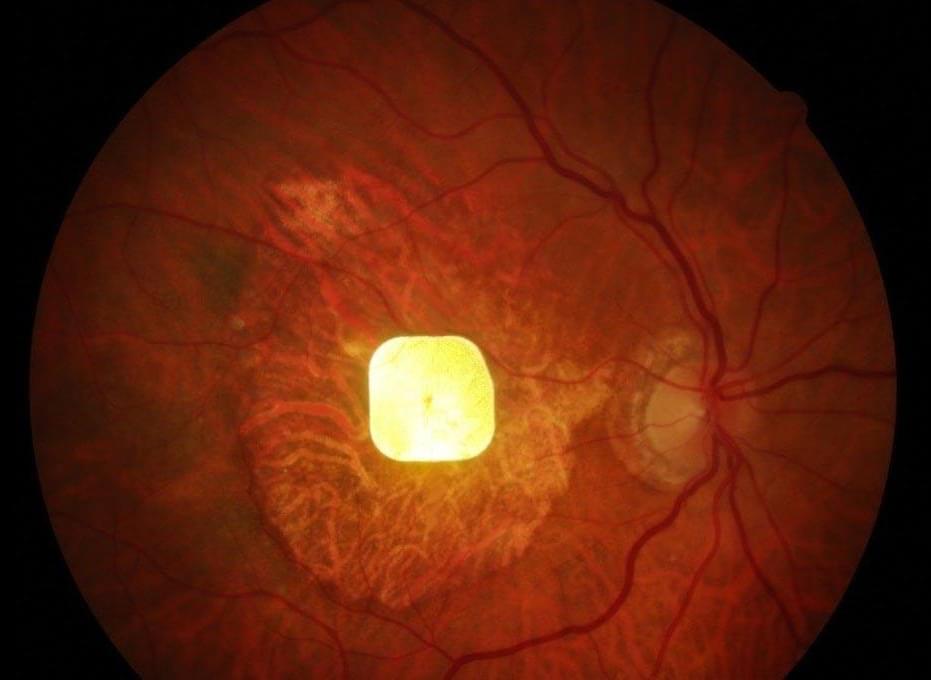


Avian metapneumovirus (aMPV), classified within the Pneumoviridae family, wreaks havoc on poultry health. It typically causes upper respiratory tract and reproductive tract infections, mainly in turkeys, chickens, and ducks. Four subtypes of AMPV (A, B, C, D) and two unclassified subtypes have been identified, of which subtypes A and B are widely distributed across the world. In January 2024, an outbreak of severe respiratory disease occurred on turkey and chicken farms across different states in the US. Metagenomics sequencing of selected tissue and swab samples confirmed the presence of aMPV subtype B. Subsequently, all samples were screened using an aMPV subtype A and B multiplex real-time RT-PCR kit. Of the 221 farms, 124 (56%) were found to be positive for aMPV-B. All samples were negative for subtype A.
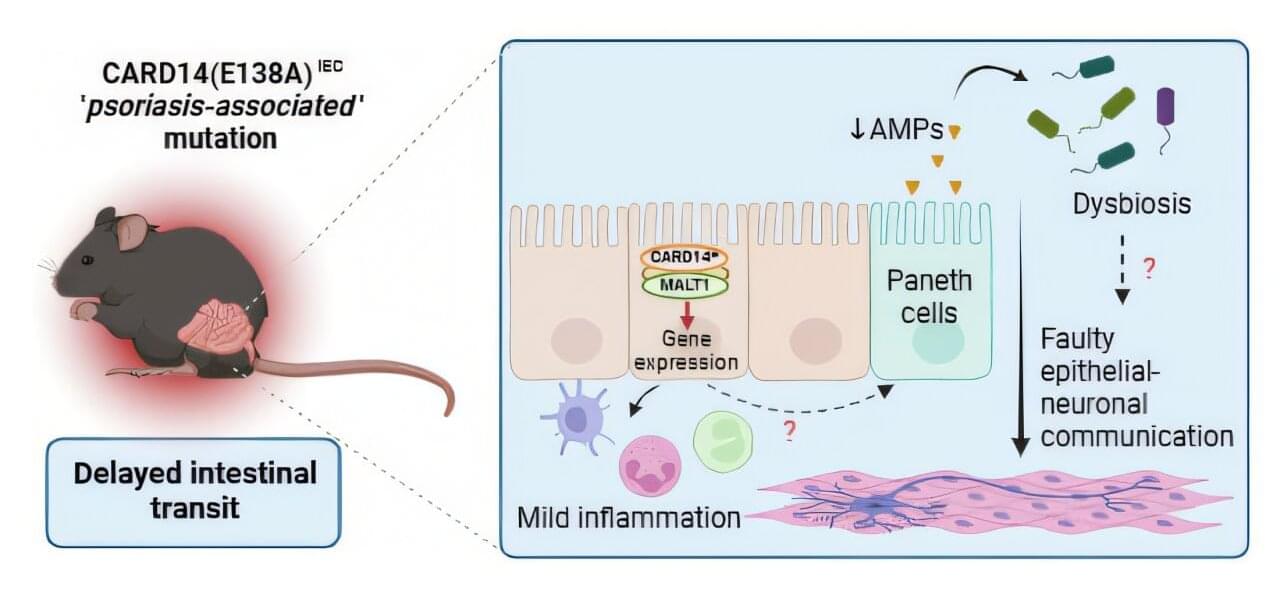
A mutation previously linked to skin disorders like psoriasis may also play a surprising role in gut health, according to new research published by scientists at VIB-UGent and colleagues from UGent, the University of Barcelona, and University College London. This mutation activates skin immune responses but also affects the intestine.
This finding, published in EMBO Molecular Medicine, reveals a new connection between genetics, the immune system, and the gut, which may have therapeutic implications.
Scientists under the leadership of Dr. Inna Afonina and Prof. Rudi Beyaert (VIB-UGent Center for Inflammation Research) have found that a mutation in the gene CARD14, known for activating skin immune responses in psoriasis patients, also affects the intestine. This mutation reduces gut motility, promotes mild inflammation, and increases vulnerability to bacterial infections.

The immune system works to identify and target invading pathogens. Specifically, our bodies work to get rid of any harmful infections by employing a two-part immune response. The first wave of immunity is the innate immune system. This initial reaction is broad and non-specific with innate cells circulating throughout the body to detect foreign pathogens. These cells that are involved include neutrophils, macrophages, eosinophils, basophils, and dendritic cells. Once cells detect an issue, they alert the rest of the body to completely filter out the infection. Importantly, the second wave of immunity, or the adaptive immune system, elicits a strong, specific response that target pathogens the innate immune system cannot neutralize.
Adaptive immunity builds to generate robust protection against aggressive diseases. The cells that make up this response include B and T cells. B cells are mainly responsible for generating antibodies to neutralize and signal infections throughout the body. T cells are the drivers that get rid of disease. T cell activity destroys infected cells and other pathogens lingering throughout the body or site of infection. The adaptive immune response is also critical for immune memory. Once someone experiences a disease and recovers, adaptive immune cells will remember that pathogen next time it enters the body — this is how vaccines work. A patient is injected with a non-harmful virus to expose the immune system. Immediately, the body will respond and destroy the virus. However, a few T cells will also be generated to targeted similar viruses in the future. As a result, when a patient is exposed to the infection again, they will be protected and not experience symptoms.
T cells are critical for any disease or infection, including cancer. Many immunotherapies currently being develop involve activating and directing T cells to the site of the tumor. However, immunotherapies have limited efficacy due to various mechanisms around the tumor that suppress immunity. Scientists are working to understand T cell biology to develop better immunotherapies and more accurately predict treatment outcomes in patients.
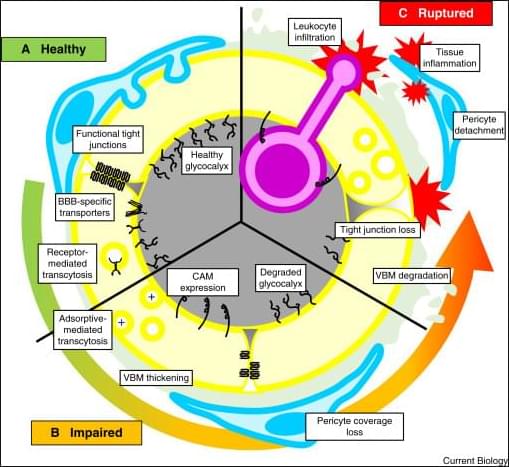
A nice primer article discussing the biology, structure, and dysfunction of the blood-brain-barrier. Quite useful for learning. #neurophysiology #biomedicine
Here, Audrey Chagnot and Axel Montagne discuss the structural and functional features of the blood–brain barrier and the association of its disruption with various pathologies.

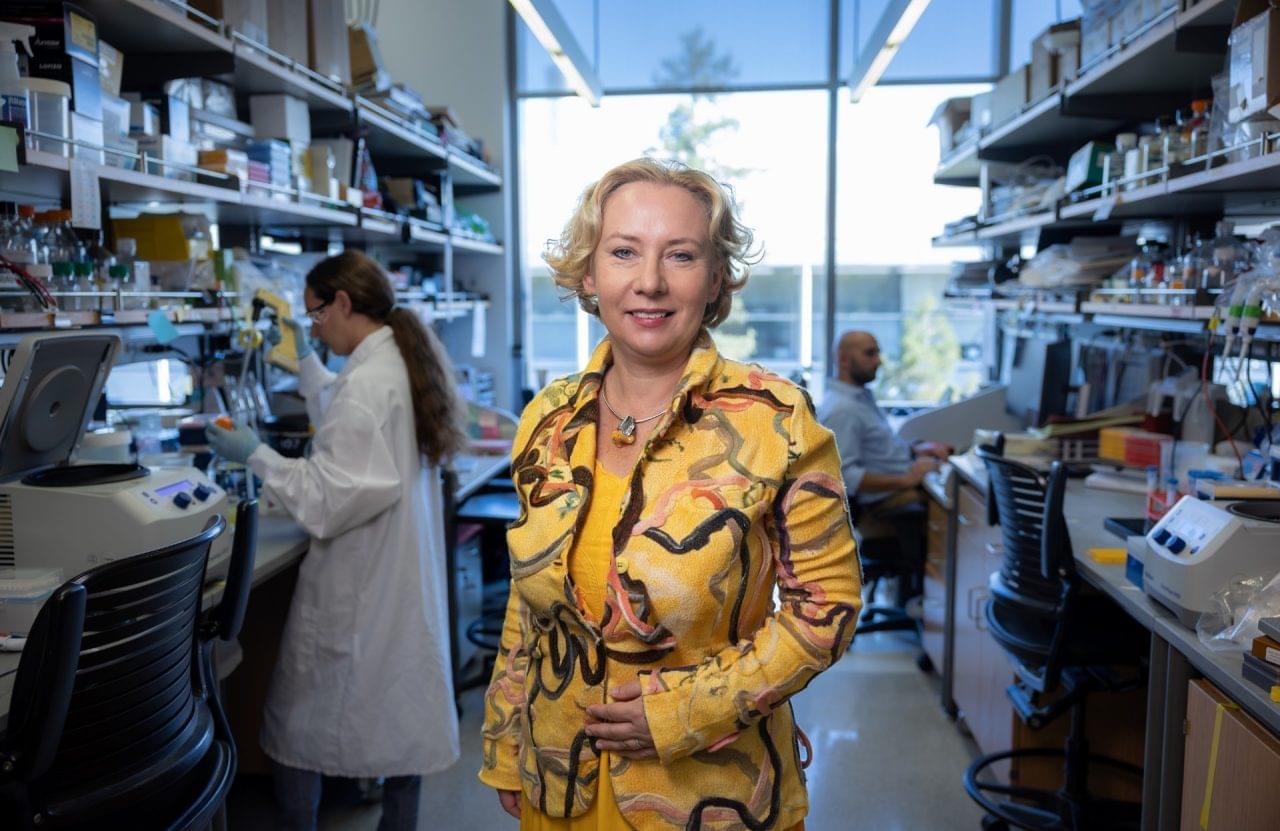
Stanford Medicine researchers found cells that keep a speech-linked protein called FOXP2 from clumping; its tricks could break apart clumps of proteins that cause devastating brain diseases.
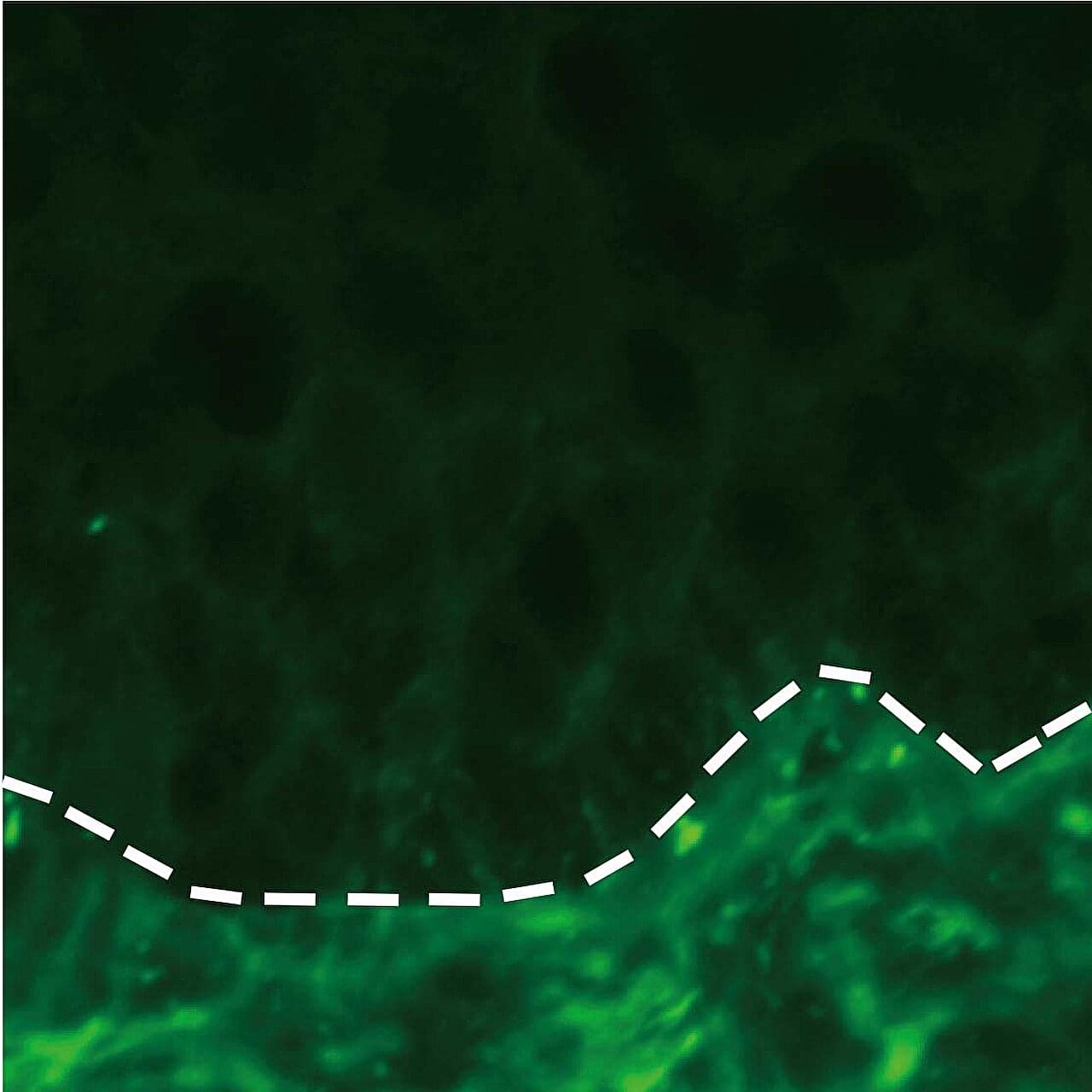
Two teams of researchers have developed a cell reprogramming technology that converts rogue disease-causing T cells from our immune system into protective Treg cells. These cells help ensure that the immune system doesn’t attack the body’s own tissues. The breakthroughs could usher in more personalized and targeted cell therapies for a host of autoimmune diseases.
In the first paper, published in the journal Science Translational Medicine, scientists developed a targeted cell therapy against pemphigus vulgaris (PV). This severe autoimmune skin disease causes blisters and sores.
They took the cells that were causing the disease (Dsg3-specific pathogenic T cells) from mouse models and human patients and converted them into harmless Treg cells. They used specialized chemical tools to switch on a gene called Foxp3, which controls a cell’s ability to help the immune system, and cut off a specific activation signal to prevent the cells from turning back into attackers.

